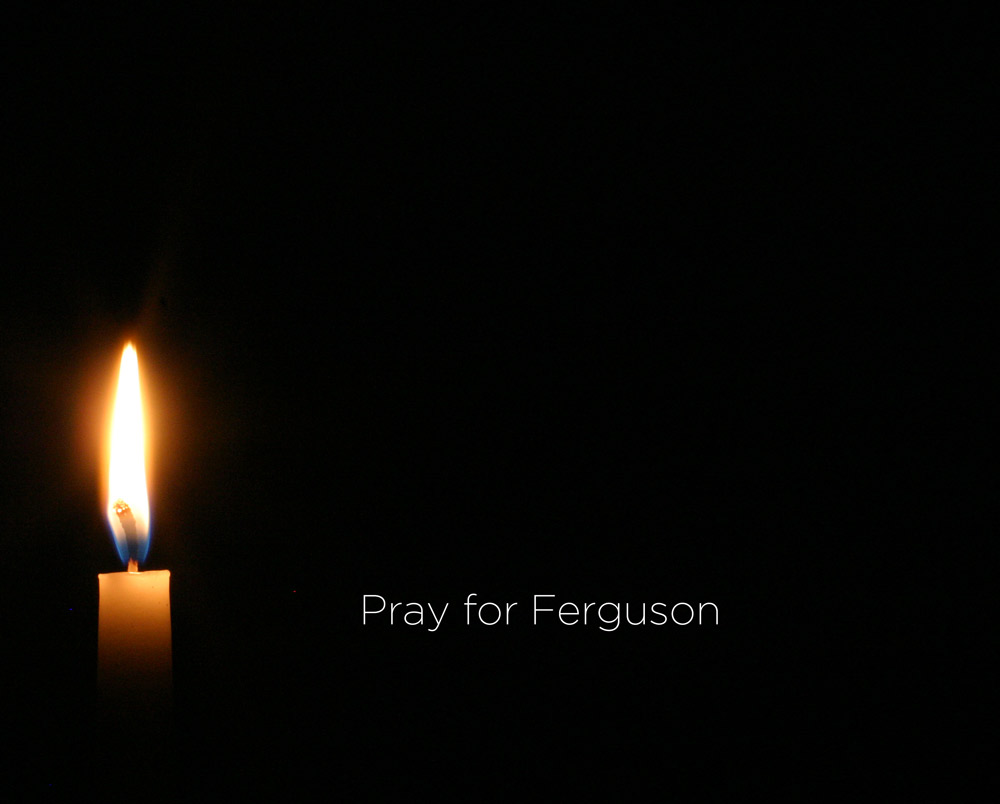shooting
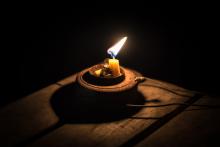
Mass shootings are always and everywhere perverse and twisted events. But the Kansas shooting Feb. 25 that left three victims plus the gunman dead and 16 others injured possessed a few additional layers of perversity.
For one, when I tuned into the GOP presidential debate shortly after hearing news of the shooting, I expected CNN’s debate team to make mention of this newest spasm of random and brutal violence, and maybe even ask the candidates to address the issue. That was, unfortunately, not the case.
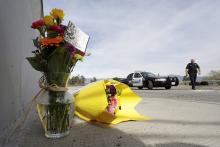
After the San Bernardino massacre, I, like other Muslims, worried about my safety.
I wondered what would happen if I went outside, given that I’m easily identifiable in my hijab. I wondered what that day, or the next or the day after that, would be like for me.
And that, I have decided, is ridiculous. I was not a victim that day.
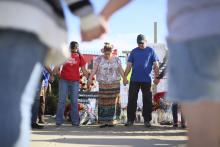
The murderous attacks in San Bernardino, Calif., are too fresh to address at any length.
The brutality and horror of the killings of the innocent and the bloody shootout, the indescribable grief of the families, and the sheer shock of such an incident occurring in an otherwise quiet community demand prayer, reflection, and comfort more than quick and inevitably inadequate pontification.
Sadly, these shootings are not unique. Too often, we have experienced the agony of slaughter in churches, homes, theaters, schools, and other venues of what has been the quiet commonplace.
Yet there is a striking facet of these tragedies that shines brightly amid their grim darkness: The witness of Christians who, in the face of evil, have displayed the love of their savior and the forgiveness he alone can bring.
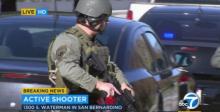
San Bernardino Fire Department reports that local emergency units are responding to reports of a 20 victim shooting incident in south San Bernardino, Calif. The status of the victims is unclear.
The San Bernardino Police Department reports the shooter is still active, and that they have identified 1-3 suspects.
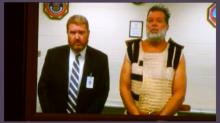
For the past five years, Catholic priest Bill Carmody led a weekly Mass in the parking lot of the Colorado Springs Planned Parenthood facility where a gunman killed three people Nov. 27.
In fact, Carmody had been in the parking lot with a handful of protesters that very morning, and he learned about the shooting after he’d left, when people texted him to make sure he was not hurt.
“I am absolutely heartbroken about this,” he said on Nov. 30.
“I’m against all violence, and whether you’re in the womb or outside the womb, killing’s wrong.”
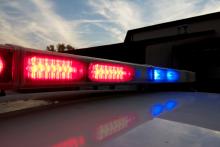
The officer indicted for the murder of Samuel DuBose just blocks from the University of Cincinnati campus pleaded not guilty, NBC News reports. Outrage over the shooting death of DuBose, father of 10, during a traffic stop on July 19 has been widespread since video footage surfaced Wednesday, with calls for a murder conviction for officer Ray Tensing.

A gunman opened fire in a Lafayette, La., movie theater Thursday evening during a showing of Trainwreck, killing two and injuring nine, before turning the gun on himself, according to multiple news reports. Police say they know the identity of the shooter — described as a white, 58-year-old male — but are not yet releasing his name.
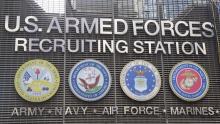
Four Marines were killed and one police officer wounded at a Naval Reserve center in Chattanooga, Tenn., on July 16, CNN reports.
The shooting occured at two sites — the first a military recruiting center — and lasted less than 30 minutes. According to CNN:
Investigators "have not determined whether it was an act of terrorism or whether it was a criminal act," Ed Reinhold, FBI special agent in charge, told reporters. "We are looking at every possible avenue, whether it was terrorism -- whether it was domestic, international -- or whether it was a simple, criminal act."
U.S. Attorney Bill Killian earlier told reporters that authorities were treating the shooting as an "act of domestic terrorism."
The suspected gunman is also dead. Read the full story here.
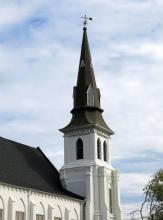
From the president's statement: Mother Emanuel is, in fact, more than a church. This is a place of worship that was founded by African Americans seeking liberty. This is a church that was burned to the ground because its worshipers worked to end slavery. When there were laws banning all-black church gatherings, they conducted services in secret. When there was a nonviolent movement to bring our country closer in line with our highest ideals, some of our brightest leaders spoke and led marches from this church’s steps. This is a sacred place in the history of Charleston and in the history of America.

Pamela Geller is good at getting attention.
She’s a celebrity blogger and fiery activist who founded the American Freedom Defense Initiative, which describes itself as a human rights organization that defends freedom of speech by speaking out against global jihad and Islamic supremacists. She runs a sister organization called Stop Islamization of America.
The groups are known for controversial activism against Islam.
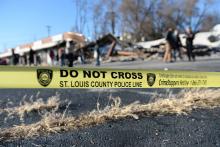
Early Thursday morning, just hours after the resignation of Ferguson police Chief Thomas Jackson, two officers were shot as they stood guard amidst protests outside the police department in Ferguson, Mo. One officer, a 41-year old from the St. Louis County Police Department, was struck in the shoulder. The other, a 32-year old from nearby Webster Groves Police Department, was hit in the face. Both officers were reported to be in serious, but non-life threatening condition.
As local authorities search for the unidentified shooters, protesters and police have begun to speculate about causes and responsibility.
Craig Stephen Hicks, a 46-year-old white male, has been charged with three counts of first degree murder, according to a Chapel Hill Police Release. After shooting three students in the head early Tuesday evening, Hicks turned himself in at a local police department in Pittsboro. The victims included a married couple – Deah Barakat, 23, and Yusor Mohammad, 21 – and their sister, Mohammad Abu-Salha, 19.
All three were currently attending or planning to attend schools in Chapel Hill. Although reports of previous of a conflict between the shooter and the victims are not confirmed, many have speculated religious bias played a significant role in the crime.
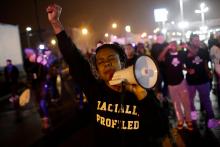
A grand jury has found that no probable cause exists to indict Darren Wilson, the Ferguson, Mo., police officer who shot and killed 18-year-old Michael Brown, on Aug. 9, said St. Louis County Prosecuting Attorney Robert P. McCulloch on Monday evening.
McCulloch said the grand jury was instructed on the law and presented on five possible indictments. He emphasized that the jurors "are the only people who have heard and examined every witness and every piece of evidence."
Protests throughout the St. Louis metro area — as well as nearly 100 cities across the country — are planned in response to the decision. Last week, Missouri Gov. Jay Nixon declared a preemptive state of emergency and activated the National Guard to respond to “any period of unrest that might occur following the grand jury’s decision concerning the investigation into the death of Michael Brown.” Rev. Traci Blackmon, a clergy leader in the St. Louis area, recently told Sojourners that while the city and county police departments have amassed weapons and riot gear to react to the protests, local community leaders and faith groups have been stocking up on bandages and first-aid materials.
Earlier in the day Brown’s family asked for 4.5 minutes of silence this evening before protests begin — a statement on the 4.5 hours Michael Brown’s body was left in a Ferguson street following the shooting.
The Justice Department is conducting its own federal investigation, however recent reports have indicated that it is not likely to result in civil rights charges against Wilson.
Stay tuned to Sojourners for continued updates and analysis.
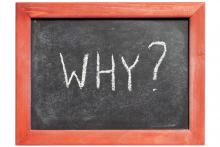
Last week’s school shooting in Marysville, Wash., has us all asking the question again: Why did this happen?
Snohomish County Sheriff Ty Trenary gave voice to the despair many are feeling as we search for answers. “The question everybody wants is ‘Why?’ I don’t know that the ‘why’ is something we can provide.”
Why did Jaylen Fryberg text his friends and family members to join him for lunch only to shoot them and then shoot himself? Whenever these tragedies occur we are tempted to blame the shooter by making him into a monster. We label the shooter “mentally ill,” claim that he was isolated from his peers, or was a generally troubled youth.
The answer to the question “Why?” has usually been to blame the shooter. We make the shooter into a monster because it allows us to make sense of senseless violence. Why did this tragedy happen? Because he was evil.
But Fryberg’s case won’t allow such easy answers. By all accounts, he was a popular and happy young man, seemingly incapable of causing such harm.
This horrific shooting is so scary because no one saw it coming. If a popular kid like could commit such a heinous act, anyone could do the same. Fryberg’s case deprives us of the easy out of blaming another. The only thing left is to face our own violence.

As the Rev. Barbara Williams-Skinner collected signatures for a statement by leaders of African-American church groups about the Ferguson, Mo., police shooting of Michael Brown, she found more people wanted to join in.
The general secretary of the National Council of Churches wanted to add his name; an Asian-American evangelical leader, too.
What started out as a “Joint Statement of Heads of Historic African American Church Denominations” has become an interracial cry for justice.
“It’s touching hearts of people who have sons and who know that their sons would not be treated this way,” said Williams-Skinner, co-chair of the National African-American Clergy Network, on Thursday. “They know it’s wrong. They know it’s wrong before God. And they are responding on a human level.”
Last night, Washington, D.C., residents young and old gathered in the Columbia Heights neighborhood to protest the shooting of Michael Brown, stand in solidarity with those on the front lines of continued protests in Ferguson, Mo., and let our governmant and law enforcement officials know that #BlackLivesMatter. The protest was organized by a Howard University student who hails from St. Louis and "needed to do something" given the reports she received from friends and family on the ground in Ferguson.
About a dozen Sojourners employees were in attendance. Check out the video below with testimony from two protestors who spent some time over the last week in Ferguson.
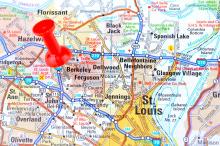
I am white. Most of the people near my house are white. This is the way it is for most of us white people in the U.S., and as we continue to be shown, the consequences are both critical and countless.
While the Fair Housing Act of 1968 prohibits all forms of housing discrimination, the U.S. Department of Housing and Urban Development estimates that millions of instances occur each year, thus residential segregation continues to be a common facet of modern day life. To put it simply, white people tend to live by other white people, and it is the way it is by no accident.
Segregated neighborhoods are often reinforced by the practice of racial “steering” by real estate agents, or when landlords deceive potential tenants about the availability of housing or perhaps require conditions that are not required of white applicants. In addition, lending institutions have been shown to treat mortgage applicants differently when buying homes in non-white neighborhoods in comparison to their attempt to purchase in white neighborhoods. As a result of such practices, white people tend to live in a state of residential separateness, for as the most recent U.S. Census date confirms, genuine racial integration is — for the most part — alarmingly rare.
Of course, our own behaviors contribute to our current state of affairs. White people seem to prefer housing located by other white people. As a result, far too many white people are willing (and able) to pay a premium to live in predominantly white neighborhoods. So equivalent housing in white areas commands a higher rent than others, and through the process of bidding-up the costs of housing, many white neighborhoods effectively shut out people of color, because those without white skin are more often unwilling (or unable) to pay the premium price to buy entry into such white neighborhoods. As a result of such white flight and isolation, not only do we witness a rise in racial ignorance and indifference, but it also leads to increased injustice in the form of disproportionate hostility directed at people of color.
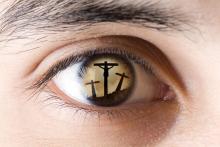
It seems like violence will never end. Portland. Seattle. Las Vegas. Isla Vista. Almost every day in Chicago. Not to mention Iraq, Boko Haram, the conflict in Ukraine, and the continued war in Afghanistan.
The Huffington Post just reported that “If it’s a school week in America, odds are there will be a shooting.” Since the Sandy Hook tragedy in 2012, the United States has averaged 1.37 school shootings per week.
And our culture is divided on how best to respond. One side declares we need to increase gun regulations. The other side insists we need more guns. The two sides are locked in a bitter political rivalry, using terms like “rights” and “responsibilities” and neither side will budge. One side will win the political battle concerning gun rights, but I fear that no matter who wins the battle it will only perpetuate the war.
I’m feeling despair, and from my Facebook feed, I know many others are feeling the same way. After all, this is so much bigger than guns; it’s about a culture of violence. But please, don’t fall into despair. We have too much work to do.
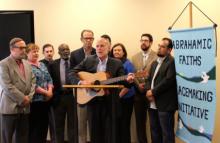
An interfaith group representing 15 organizations spoke out against gun violence Thursday in the wake of last week’s deadly shooting spree in Santa Barbara.
Religious organizations have lobbied for stricter gun control in the wake of mass shootings, and this latest effort was no exception.
“We are here this morning to stand with the multitude of groups across the United States who are advocating for sensible, common sense laws to limit the effects of gun violence,” said Steve Wiebe, co-chair of the Abrahamic Faiths Peacemaking Initiative. “Our faith traditions — Judaism, Christianity, and Islam — spur us to peaceful solutions as we recognize the inherent worth of each individual life.”
Elliot Rodger killed six and injured 13 others in Santa Barbara on Friday before dying by an apparently self-inflicted gun wound. The Santa Barbara County Sheriff’s Office reported that deputies found three semi-automatic handguns in his car. All three were bought legally.
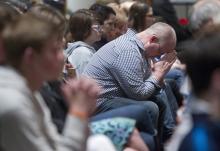
The violence of hatred breaks our hearts. This past weekend in my neighborhood of Overland Park, a shooter killed three people and injured others. My church sits a mile from the sites, and members of my parish know the families of the victims. We are in the process of responding, holding vigils and praying, seeking to comfort one another and make sense of this hateful thing.
I know two ways souls respond to such hate. In one, the heart hardens against the violence, protecting itself. In the other, the heart weeps, leaving itself open to be broken again.
The first way can seem so right. There is a dark logic in giving our hearts permission to loathe the one who could go to so terrible a place, and arm himself to take lives randomly with gunfire. There is a sort of helpless security in burying our hearts away from the reports of such violence. If this gives up some piece of our humanity, at least it keeps our hearts from feeling such pain again.
Yet I have to believe in the other way, leaving my heart open to the world, though it will be broken again and again. In part, this is because I know that claiming permission to hate one man makes way for hating others, and then hating them by groups and by labels, until perhaps one day I wouldn’t care if they lived or died.
